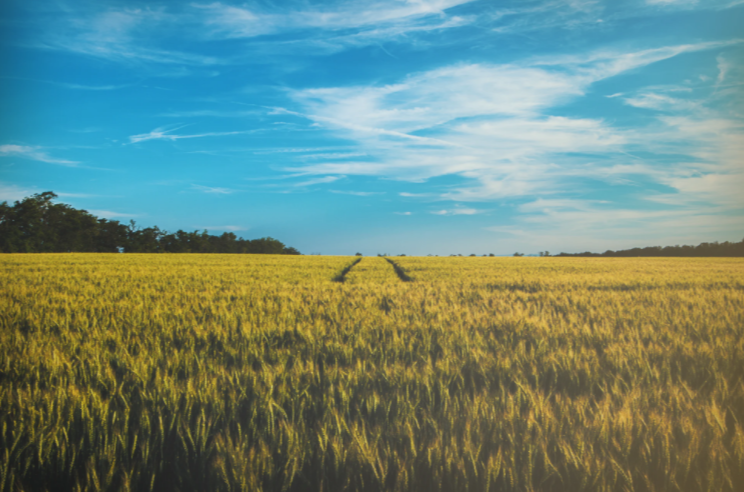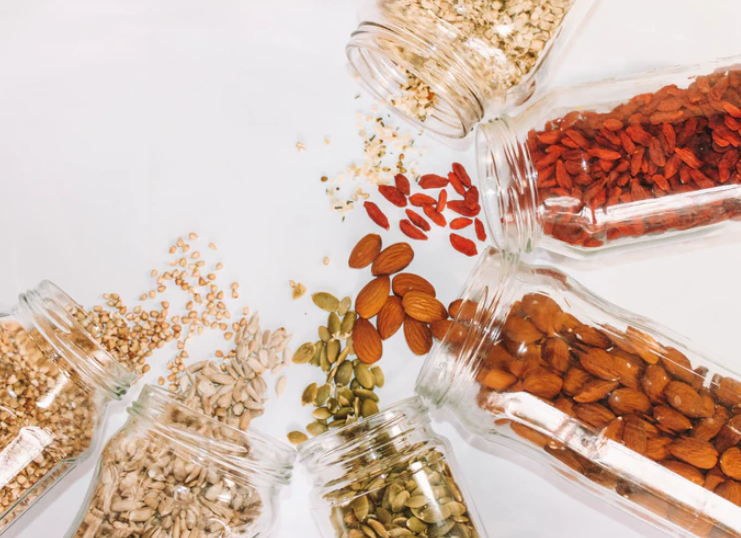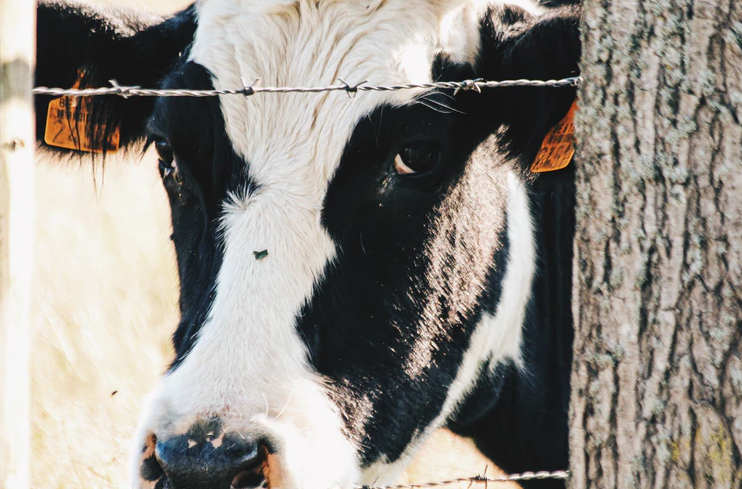One of the major trends in recent years with an upsurge of interest in vegan diets and sustainable food production is alternative milks, which have grown in popularity and variety over the past decade. Whether you choose alternative milks for dietary or sustainable reasons, it’s no longer a niche market, with nearly a quarter of British people regularly using plant-based milk alternatives.
But how sustainable is alternative milk?

The answer to that, like many sustainability questions is: “that depends”. A good way of judging the impact of alternative milks is to consider the land and water they use, and the carbon emissions associated with these factors. The main takeaway regarding alternative milks though, is that most if not all alternative milks have a lower carbon impact when compared to standard cows’ milks, a fact that is important to note in the event that allergies or flavour preferences make one milk alternative more attractive to you than another.
Alternative milk, regardless of its form, is likely a more sustainable choice that should be celebrated and appreciated. With the rise of these alternative choices, they will inevitably get more accessible and affordable. In terms of water and land usage, the types of alternative milks vary greatly, with soy milk still being regarded as the golden standard for sustainability.

Let’s take a quick peek at the maths:
According to a 2018 study one 200ml glass of cows’ milk requires 125.6L of water, compared to only 5.6L for the same amount of soy milk. Comparatively, almond milk and rice milk are the most water intensive alternative milks, requiring 74.3L and 54L respectively. You can see a summary of these statistics in an article by The Vegan Review if you can’t access the Oxford research study.
It’s a similar story for land usage, with dairy requiring 1.79m^2 (square meters) to produce one glass, which is significantly higher than Dairy, Soy, Oat or Almond (typically ranging from 0.1-0.15m^2) and far above the land needed for rice milk (0.07m^2).
In terms of carbon emissions, alternative milks are in the same small range, averaging between 0.14kg and 0.24kg compared to dairy’s 0.64kg. It seems clear that these substitutes are significantly better for the environment than dairy in the long run, whichever milk you prefer.
Overall though, alternative milks are a great substitution if you want to lower your carbon emissions while maintaining all the perks associated with dairy milk. It’s absolutely worth a try if you want to try something more sustainable with a new and interesting flavour.
by Dan Johnson, SGO Project Officer #actingtogether
 Sustainability
Sustainability Felicity Brambling-Wells
Felicity Brambling-Wells 1922
1922



Really great article with lots of factual information regarding sustainable milk. Soy milk is clearly the most sustainable